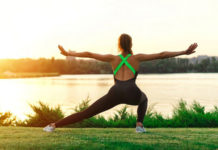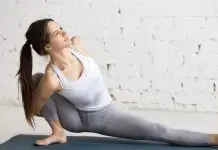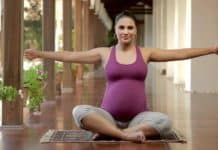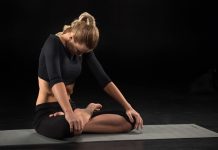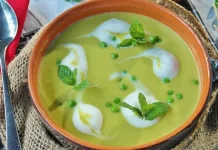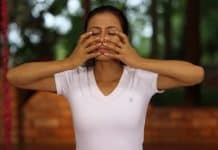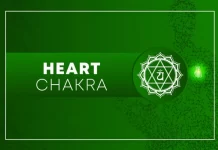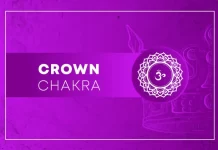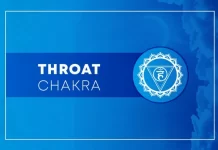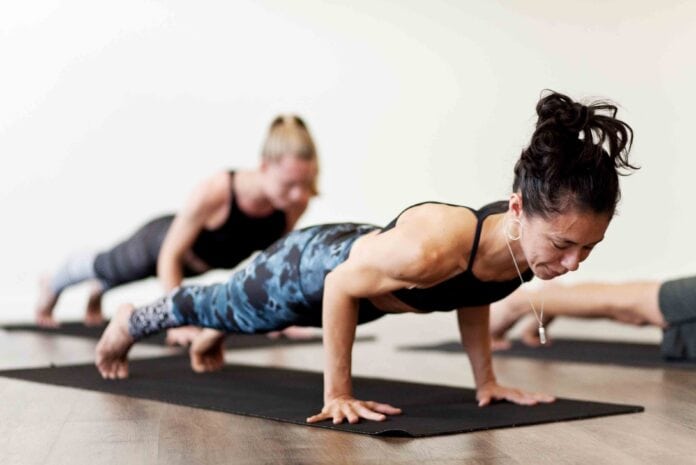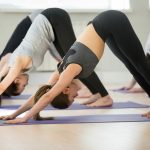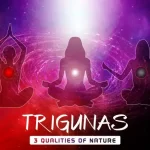The Four-Limbed Staff Pose (Chaturanga Dandasana) plays a vital role in many yoga flows but is often misunderstood. This foundational pose demands precise alignment, going beyond a simple push-up.
Achieving proper alignment in Chaturanga involves engaging muscles from front to back, keeping elbows close to the ribs, and lifting the chest in a hover. It also requires activating your legs, arms, abdominals, and shoulders for stability.
Maintaining alignment in the shoulders and chest while bearing weight is both challenging and essential, according to Natasha Rizopoulos, a senior teacher at the Down Under School of Yoga.
The key is to find the modification that suits your body best, as there are various options to adapt the Four-Limbed Staff Pose to your journey.
Sanskrit
Chaturanga Dandasana (chaht-tour-ANG-ah don-DAHS-anna)
chaturanga = four limbs
chatur = four
anga = limb
danda = staff (refers to the spine, the central “staff” or support of the body)
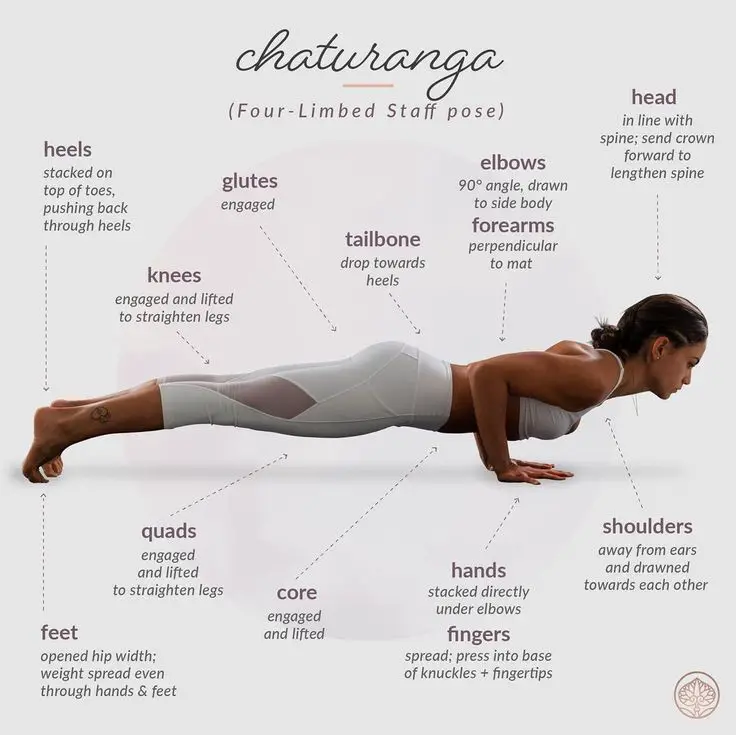
Four-Limbed Staff Pose basics
Pose type: Arm Balance
Target area: Full Body
Benefits: Four-Limbed Staff Pose boosts energy, fights fatigue, and builds confidence and empowerment.
Other Chaturanga Dandasana Perks:
Strengthens your core, shoulders, arms, wrists, thighs, and ankles.
How to
- From the Plank Pose, align your shoulders slightly ahead of your wrists and come onto the balls of your feet.
- Begin by pushing back through your heels, engaging your quadriceps. This action helps create a straight and energized line from the crown of your head to your feet.
- Inhale as you lift your shoulders and the tops of your thighs away from the floor. Draw your lower body upward and inward while releasing your tailbone toward the floor.
- On the exhale, start to bend your elbows slowly, maintaining a straight body alignment similar to a plank of wood. Keep your elbows positioned directly over your wrists and pulled in against your sides. Press your hands firmly onto the floor.
- Shift your gaze to the floor, approximately 6 inches in front of you, and continue to lower your body until your shoulders align with your elbows.
- Throughout the pose, keep reaching through your heels, sternum, and the crown of your head as you breathe.
- To exit the pose, exhale and either lower down to your belly or push back up into the Plank Pose.
- These instructions will help you perform the pose with proper alignment and control.
Beginner tips
Еven experienced practitioners may encounter challenges with Chaturanga Dandasana. The key to mastering this posture lies in harnessing your arm strength. Engage your biceps and triceps, aiming to bring both elbows into a right angle as much as possible.
Maintain a centered position as you descend into your hover and avoid lateral shifting. Tilt your hips slightly forward while actively engaging your gluteal and abdominal muscles to stabilize your torso. Here’s a helpful tip: Place a thickly rolled blanket parallel to your spine on the floor below your Plank Pose. Lightly lower yourself onto this support, using it sparingly to help maintain your elevation.
To further enhance your posture, tighten your leg muscles by activating your calf muscles and flexing your ankles (visualize “reaching through your heels”). This approach energizes your body from front to back in this pose.
Common misalignments often involve elbows splaying out or shoulders dipping, especially when starting. To address this, consider using a strap. Create a hip-width loop with the strap, positioning it just above your elbows. Transition into Plank Pose and proceed with your Chaturanga Dandasana descent. Let the strap assist you by keeping your elbows close to your sides and aligned with your shoulders, providing support and helping you maintain proper form. Adjust the strap tension to ensure it’s taut when you’re in the pose.
Even experienced students have difficulty with Chaturanga Dandasana. The key to this posture is utilizing your arm strength: Engage your biceps and triceps, taking both elbows into a right angle to the best of your ability.
As you lower into your hover, stay centered and avoid shifting sideways. Try to tip your hips slightly forward while engaging your gluteal and abdominal muscles to hold your trunk solid. Another trick: Lay a thickly rolled blanket on the floor below your Plank Pose, parallel to your spine. Lower yourself lightly onto this support. Use it minimally, just enough to keep yourself afloat.
Tighten the legs by activating your calf muscles in order to flex your ankles (a simple cue for this is “reach through your heels”), energizing your body in this posture from front to back.
Be mindful!
- Ensure your shoulders do not dip below your elbow level, and refrain from bending your elbows more than a 90-degree angle.
- Maintain active engagement of your core muscles.
- Exercise caution or make necessary modifications if you have any conditions such as rotator cuff injury, shoulder weakness, shoulder arthritis, or previous shoulder injuries. Additionally, consider modifications if you experience wrist arthritis, wrist discomfort, or carpal tunnel syndrome.
What muscles does the four-limbed staff pose work?
- Chest. You use your chest muscles, or pectorals, for more than just a bench press. …
- Triceps. The triceps are a well-known muscle in your upper arms that helps you to push. …
- Muscles located on the outside of the rib cage (serratus anterior). …
- Upper back.
What are the benefits of the four-limbed staff?
- Builds heat and prepares you for more challenging arm-balancing postures.
- Strengthens triceps and upper body muscles, as well as upper back and deep core muscles.
- Increases strength and flexibility in wrists and forearms.
- Builds stamina and energy.
What is the difference between Chaturanga and Chaturanga Dandasana?
The name “chaturanga” is the commonly used shorthand for the full name of this yoga pose, chaturanga dandasana. It is also referred to as a low plank, but that is not a Sanskrit translation. If we break down the Sanskrit we get a sense of the quality and shape created by this posture.
What muscles does Chaturanga work?
What Are the Benefits of Chaturanga? This yoga pose is a great workout for the arms and the entire upper body. It does not only help to tone the upper arm and forearm muscles but also to develop flexibility and strength in the wrists and hands.
Chaturanga Dandasana variations
Here are three alternatives to the Four-Limbed Staff Pose that you can incorporate into your practice as you progress toward the full posture—or simply savor them as standalone poses.

